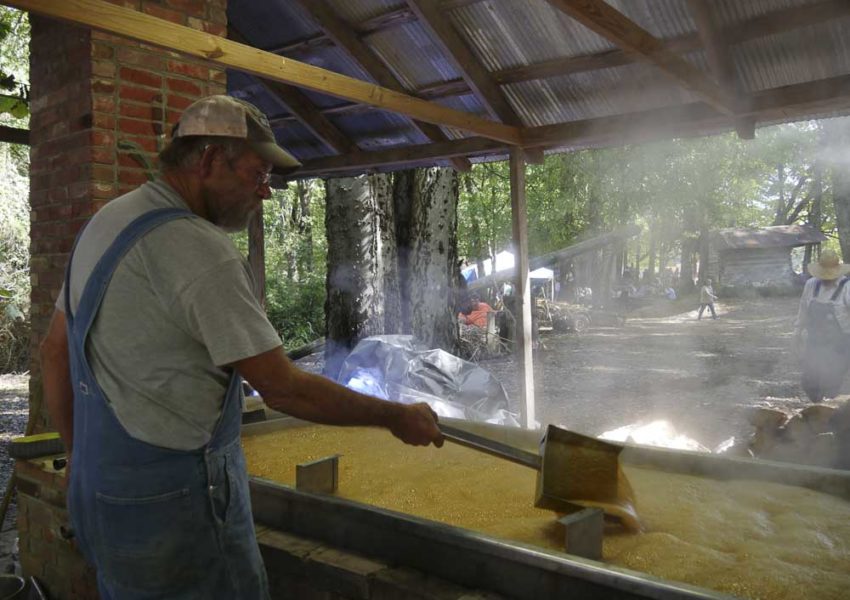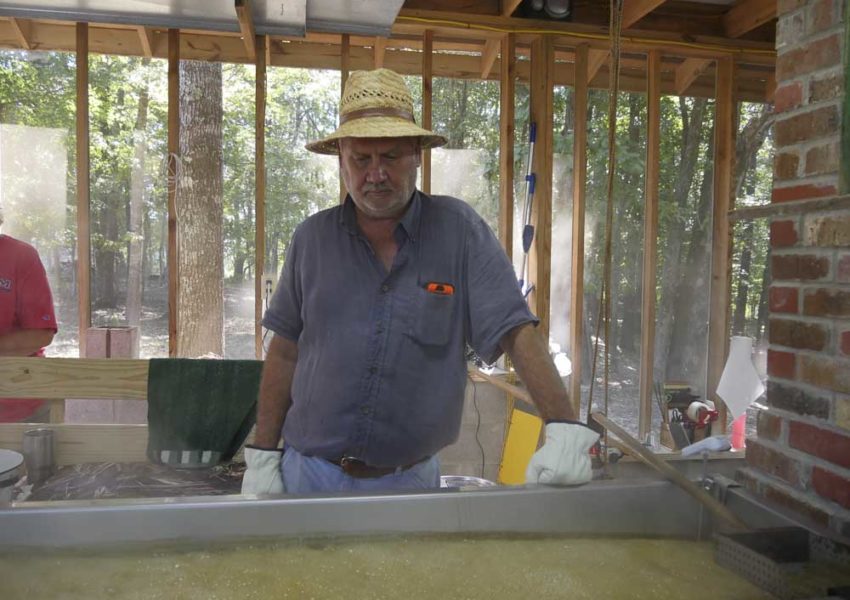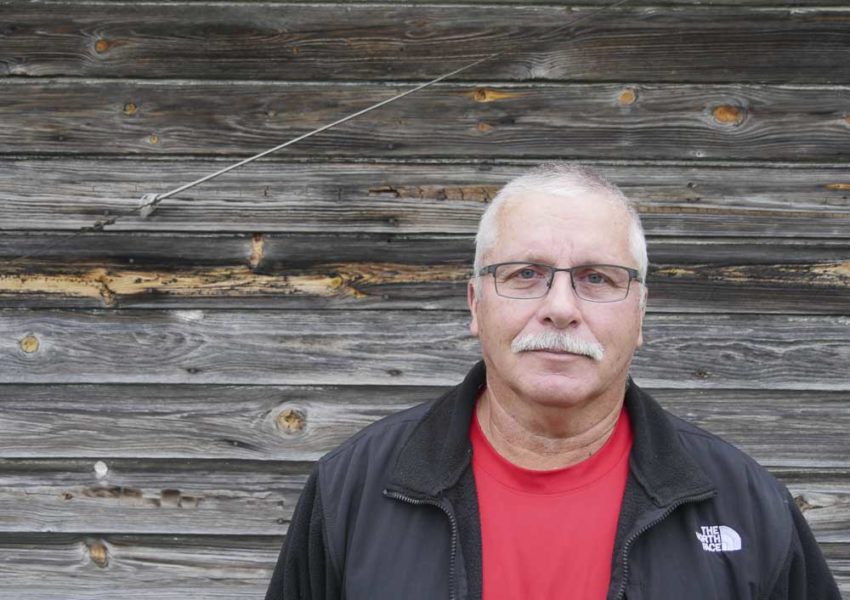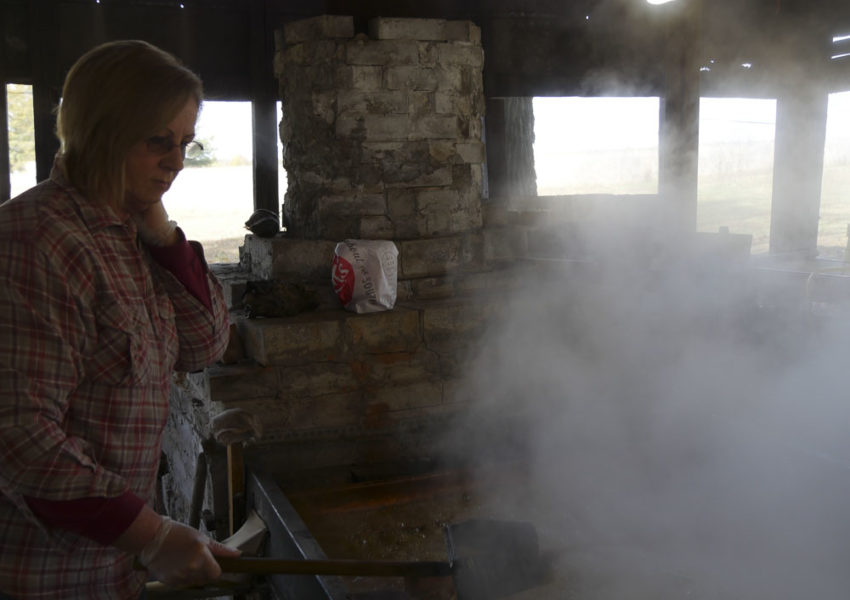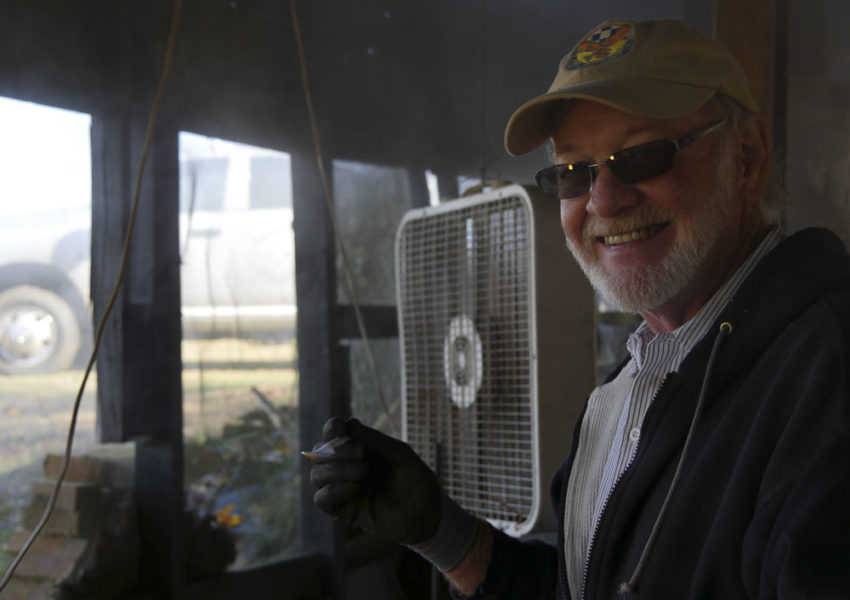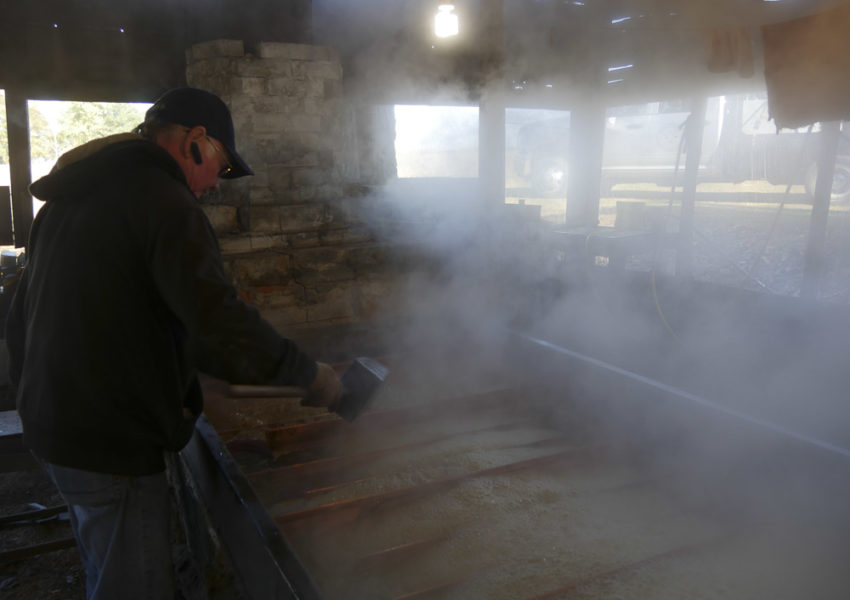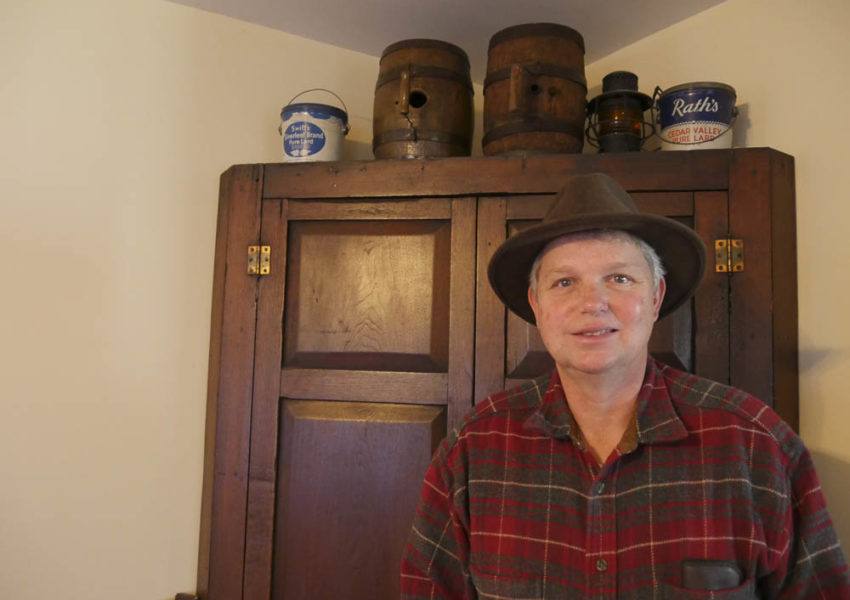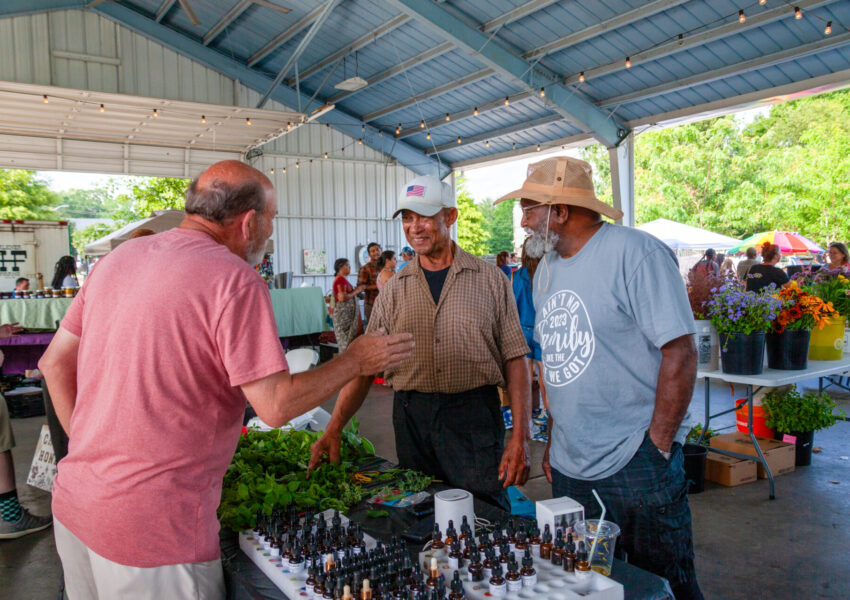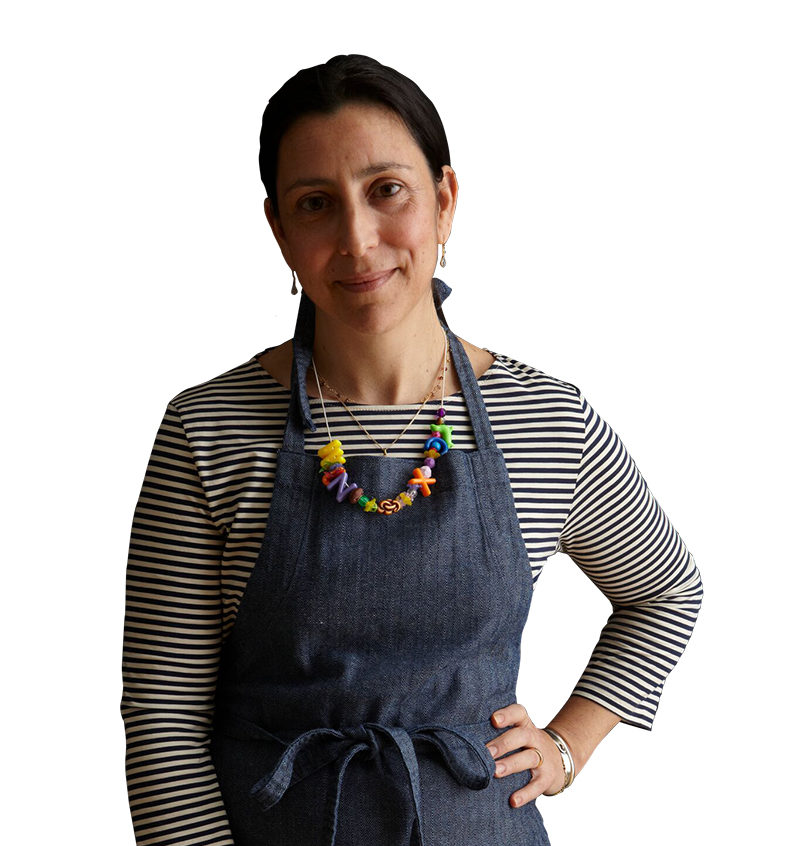“How could either the flavor or the history of something like quince jelly ever be captured in a store-bought jar?” opined John Egerton in Southern Food: At Home, On the Road, In History. “Molasses and honey also come from the supermarket, but they are no match for the sorghum and sourwood that country people put up at home.” Egerton feared supermarket convenience would bring on the erasure of this part of the distinctive Southern food larder. Sorghum syrup, with its strong taste and labor-intensive field to bottle processing, won’t be tamed to suit a mass market palate and it will never nestle easily on a shelf next its sweeter, more refined kin. Where sorghum is concerned, it takes much more than the ease of a supermarket to change strong tastes.
Making sorghum syrup requires knowledge of soil and seed. “Anything you do to the ground is going to affect the sorghum, because as that plant grows, it takes up nutrients from the ground, and those are stored inside that stalk,” explained Ronald Jenkins. “When you squeeze that juice out and then evaporate out the water and concentrate it, whatever is in the ground is being concentrated.” Terroir produces distinctive sorghums, ranging from light amber to dark brown. Farmers plant long-standing heritage seeds as well as newly developed pest-tolerant varieties.
As many producers explained, a good batch of syrup combines art and science. Producers test sugar levels using tools like refractometers to measure sugar content. New technology is paired with long-used practices such as testing doneness by the syrup’s look and smell. “It’s an art, really. Sorghum is not something like just putting cookies in the oven for a little while,” related Kaitlyn Elliot. “There’s not like a fourteen minutes and it’s done, certain temperature.” While new technology spurs innovative labor-saving practices, producers like Elliot emphasize that cooking a good batch of sorghum is a skill that can only be cultivated with patience and practice.
For many producers, making sorghum syrup is also social. “Although, syrup is a commodity and we enjoy tasting it,” explained sorghum maker Steve Patterson, “Life is about people and how we behave toward them and how we interact with them.” Family and neighbors help Patterson harvest, process, and cook syrup every fall. Makers spend time with their families, friends, and community members. They remember making syrup with their parents, extended family, and community. They pass on their skills and introduce the next generation to sorghum syrup.
This collection of interviews features the voices of sorghum syrup producers from Alabama, Georgia, Kentucky, Mississippi, and Tennessee. They share memories and knowledge. Listen as sorghum syrup makers explore the art and skill of growing, pressing, cooking, and bottling sorghum.


